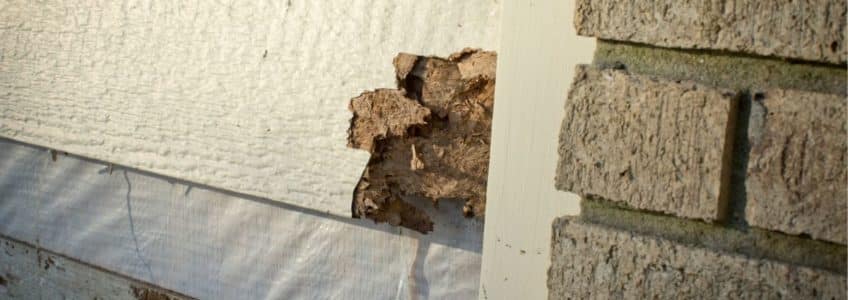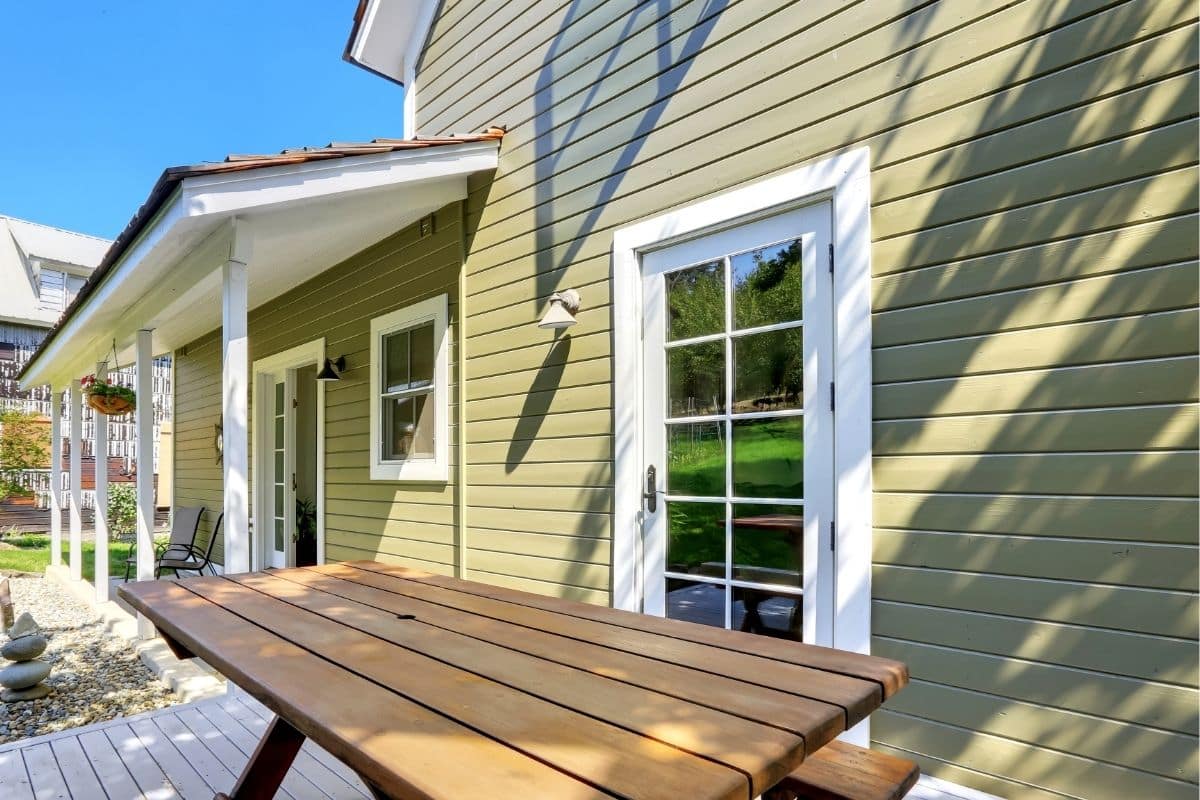
After a powerful storm passes through, the exterior of your home is often the first area to show signs of damage. Whether from hail, wind, or flying debris, siding damage is typical in Minnesota and can be more serious than it looks at first. If you’ve noticed dents, cracks, or missing panels, you may wonder whether to repair the damage yourself or file an insurance claim for siding damage. Knowing when to act can make all the difference in protecting your home and making the most of your insurance coverage.
Signs That Your Siding May Be Damaged
It’s not always easy to tell whether a storm has affected your siding, but early detection is key to preventing long-term issues. By knowing what to look for, you can address problems before they escalate into more serious damage, and recognize the clear signs it’s time to replace your siding.
Physical Clues to Look For
Not all siding damage is evident. Some issues can be hidden behind panels or affect the insulation and waterproofing underneath. After a storm, walk around your property and look for these telltale signs:
- Dents or punctures in vinyl or aluminum siding
- Cracks, chips, or warping of panels
- Discoloration or fading in isolated areas
- Loose or missing pieces of siding
- Moisture stains or signs of water infiltration inside your home
If you notice any of these problems, it’s a good idea to have a professional inspect the siding to assess the full extent of the damage.
Why Acting Quickly Matters
Waiting too long to address siding damage can lead to bigger problems, such as water intrusion, mold, or decreased energy efficiency. Insurance policies often have a limited window for filing a claim, so quick action helps protect your eligibility for coverage.
When to File an Insurance Claim for Siding Damage
Knowing when to file a claim for siding damage can help you avoid unnecessary expenses while ensuring your home is fully protected. Timing, documentation, and the extent of the damage all play a role in making the right decision.
Minor Repairs vs. Significant Damage
If the damage is cosmetic and affects only a small area, you may be better off handling the repairs out of pocket, especially if the cost is below your deductible. However, if the siding damage is widespread or impacts the structural integrity of your home, filing an insurance claim is usually the better route.
Review Your Insurance Policy
Every homeowner’s insurance policy is different. Check to see what your policy covers regarding storm-related siding damage. Most standard policies include protection from hail, wind, and other weather events, but conditions or exclusions may exist. Knowing your coverage in advance can save time and frustration.
Work With a Trusted Contractor for Documentation
One of the most critical steps in filing an insurance claim for siding damage is getting a professional assessment. At Advantage Construction, we provide detailed documentation, including photos, inspection reports, and repair estimates. This speeds up the claims process and increases your chances of approval.
How the Insurance Claim Process Works
Filing a claim doesn’t have to be overwhelming when you have the right team. Here’s how we help guide you through the process from start to finish.
Step 1: Inspection and Damage Assessment
We begin by thoroughly inspecting your siding and any other exterior components that may have been affected. This allows us to determine whether the damage qualifies for an insurance claim and what repairs will be needed.
Step 2: Help With Filing Your Claim
Once we confirm the damage, we’ll help you file your claim. Our team works directly with your insurance adjuster to ensure all necessary documentation is submitted correctly and on time.
Step 3: Approval and Project Planning
After your claim is approved, we’ll work with you to plan and schedule siding installation and repair. We use high-quality siding materials to protect your home long-term while enhancing its appearance and value.
Preventing Future Siding Damage
After you’ve repaired or replaced your siding, it’s crucial to implement a proactive maintenance plan to ensure its longevity and durability. Here are some expanded strategies you can take to prevent future siding damage:
- Trim Tree Branches
- Clean Gutters Regularly
- Conduct Seasonal Inspections
- Choose Durable Siding Materials
- Apply Protective Coatings
These preventive steps can help ensure that your siding remains in excellent condition for years to come, ultimately protecting your home from water damage, pests, and the effects of weathering.
Don’t Delay—Act on Siding Damage the Right Way

Recognizing the signs of siding damage and knowing when to file an insurance claim can save you time, money, and unnecessary stress. The sooner you act, the better your chances of a smooth claims process and a fully restored home exterior. The harsh weather in Minnesota can take a toll on your home, but with the proper support, you can prevent significant damage.
If recent weather has affected your property, contact Advantage Construction today. As Minnesota’s trusted licensed general construction experts, we specialize in roofing, siding, windows, and gutters for residential homes, townhomes, and commercial buildings. Our team is ready to assist you with inspections, claims, and repairs, providing expert care every step of the way.
